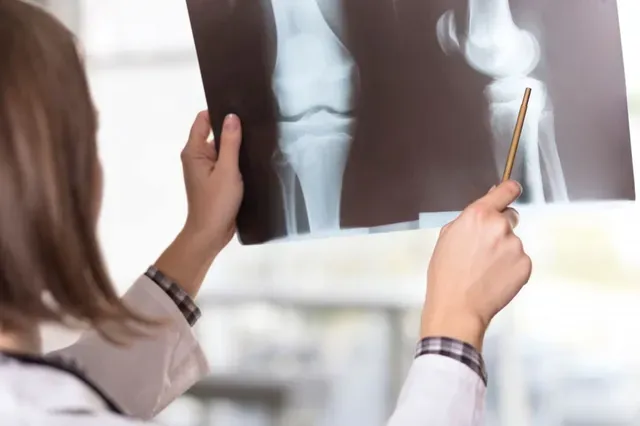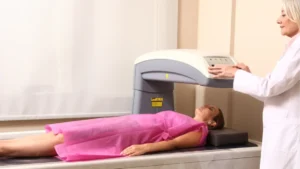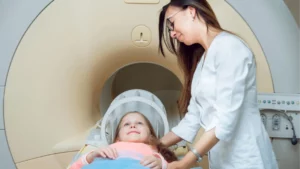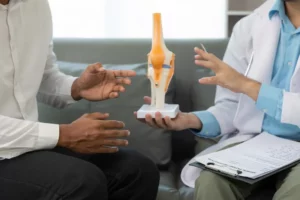Maintaining a healthy bone structure is crucial. Throughout your youth and early adulthood is when minerals are assimilated into your bones. When you reach the age of 30, you attain your peak bone mass.
Maintaining a healthy bone structure is crucial. Throughout your youth and early adulthood is when minerals are assimilated into your bones. When you reach the age of 30, you attain your peak bone mass. This means you have a higher risk of developing weak bones that break easily if not enough bone mass is generated during this phase or if a bone loss occurs later in life.
Fortunately, many eating practices and exercises for bone health can help you keep them strong as you age.
Here are eight natural techniques to strengthen your bones.
What Can You Do To Keep Your Bones Healthy?
You can prevent or delay bone loss by following a few basic steps. Consider the following tips:
1. Incorporate A High-Calcium Diet Into Your Daily Routine.
The Recommended Dietary Allowance (RDA) for calcium is 1,000 milligrams (mg) per day for women aged 19 to 50 and males aged 51 to 70.
Calcium-rich foods include dairy and soy products, sardines, broccoli, almonds, kale, and canned salmon with bones. Speak with your doctor about calcium supplements if you’re having difficulty getting adequate calcium from your daily food intake.
2. Don’t Forget To Get Enough Vitamin D.
Vitamin D is found in most calcium supplements and multivitamins. You can, however, acquire it through eating liver, saltwater fish like tuna, egg yolks, and fortified dairy products. Vitamin D3 pills may be slightly better absorbed and retained than vitamin D2 supplements, according to research.
3. Eat More Green Vegetables
When it comes to eating habits, take inspiration from cows and elephants. Both mammals are herbivores, in addition to being giant creatures with robust bone structures. Greenery, such as grass, leaves, and plants, is a favorite food of cows and elephants. Incorporate different greens, such as spinach and kale, into your diet to mirror their healthy eating habits.
Calcium, a mineral that improves bone health, is commonly found in leafy green vegetables. Green veggies also include bone-building potassium and vitamin K. Vitamin K protects bone mineral density, and potassium helps minimize calcium loss.
Many people despise green vegetables, but there are methods to make them palatable — or even pleasurable. Make a morning smoothie with spinach or puree broccoli and mix it with a cheese dip. Kale chips can also be made, or vegetables can be hidden in brownies or other baked items.
4. Strength Training And Weightlifting
Strength training has been shown to improve bone mineral density while also reducing inflammation.
Both weightlifting and strength training have been shown in studies to help promote new bone formation and maintain current bone structure.
A study of bone density in children with type 1 diabetes found that engaging in weight-bearing physical activity during their peak bone-growth years enhances bone density.
The following are some weight and strength training benefits:
- increased mineral density of the bones
- a larger bone size
- a decrease in inflammation
- protection from bone thinning
- muscle mass increase
5. Maintain Healthy Body Weight
Individuals who are underweight are more likely to experience bone loss and fractures. Excess weight is now known to increase the incidence of arm and wrist fractures. As a result, maintaining a healthy weight is beneficial to both bones and overall health.
6. Limit Your Coffee Intake
Caffeine consumption can decrease calcium absorption. Caffeine should not be consumed in excess of 400 mg per day by adults (about 2-3 cups of coffee). Women who are pregnant or nursing should keep their caffeine intake down to 300 milligrams per day.
7. Quit Smoking
Another motivation to stop smoking is this: According to a three-year study conducted on 4,332 women in Brazil and published in 2010, it is a leading cause of bone loss and fractures in women over 40.
Nicotine appears to be harmful to bone-forming cells and lowers estrogen levels, which reduces bone density and causes menopause to occur sooner.
According to a study conducted in Denmark on 270 postmenopausal women, cigarette smoking may enhance spontaneous bone loss in women who are not taking estrogen.
8. Limit Alcohol Consumption
Alcohol drinking in moderation is unlikely to harm a person’s bone health. Chronic, heavy drinking, on the other hand, might result in decreased bone density, insufficient calcium absorption, and the development of osteoporosis later in life.
Young women in their teens and early twenties who drink heavily are at the greatest risk of losing bone density.
Final Thoughts
Your bone health is completely under your control! You can increase your chances of long-term prevention and reversal of osteoporosis and osteopenia by adjusting your food, supplement, and fitness routines.
Whenever you have any worries about your risk factors for osteoporosis or your bone health in general, consult your doctor immediately. A bone density test may be suggested. Your doctor will use the results to determine your bone density and rate of bone loss. Your doctor can decide whether or not you are a candidate for medication to help decrease bone loss based on this information and your risk factors.




